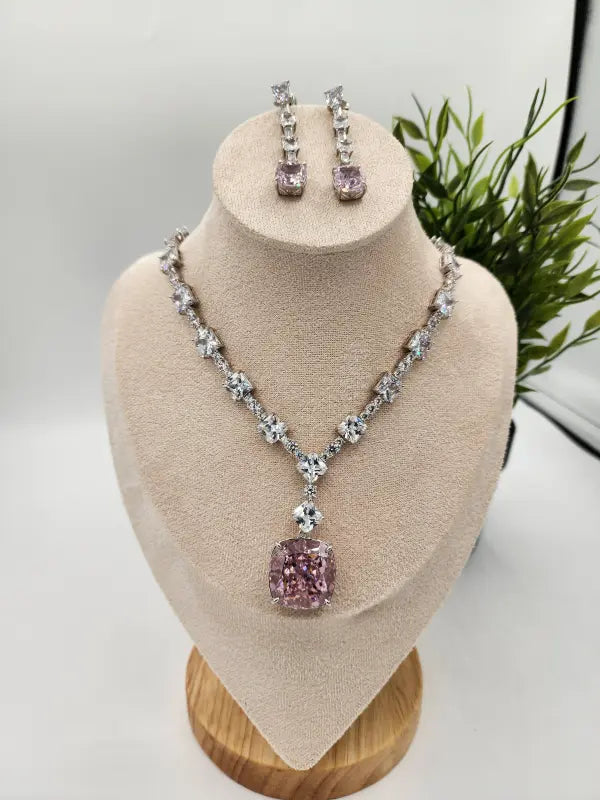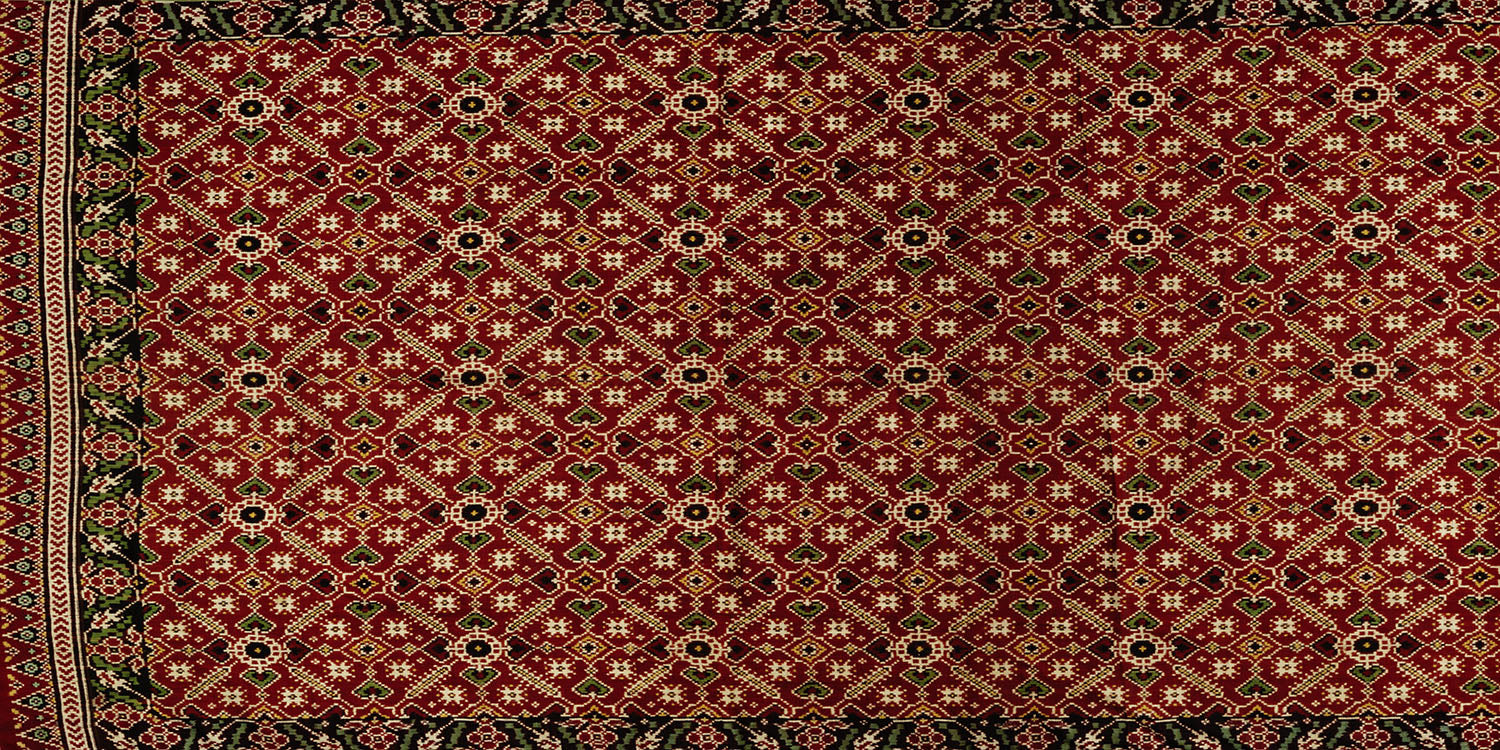The Kani shawl is one of the most exquisite and celebrated forms of Kashmiri shawls, renowned for its intricate designs, unparalleled craftsmanship, and rich history. Originating from the picturesque Kanihama village, located about 20 kilometers from the main city of Srinagar, the Kani shawl embodies the epitome of Kashmiri weaving art. This traditional shawl, often referred to as the jewel of Kashmiri pashmina, is a symbol of luxury, heritage, and fine craftsmanship.
The History of Kani Shawls

The history of Kani shawls dates back over 300 years to the Mughal era, where it was considered the most prestigious and luxurious garment. The weaving technique of Kani shawls is believed to have originated from Persia and was perfected in Kashmir during the reign of Zain-ul-Abideen, also known as Budshah. During this time, Kani shawls became highly sought after by royalty and nobility, with over 15,000 Kani looms operating in the Kashmir Valley.
One of the most famous historical references to the Kani shawl is its association with Empress Josephine, the wife of Napoleon Bonaparte. The Musée du Louvre in Paris holds portraits of the French empress draped in a Kani shawl, a token of love from her husband. This further established the Kani shawl as a symbol of elegance and opulence in European high society.
The Art of Kani Weaving
Kani shawls are made using wooden needles, or "kanis," on traditional handlooms. The process of making a Kani shawl is intricate and labor-intensive, requiring exceptional skill and patience from the weavers. The design is not imprinted or stamped onto the shawl; instead, it is woven directly into the fabric using a coded pattern called "Talim." The Talim is written on graph paper and serves as a guide for the weavers, who meticulously follow the code to create the elaborate designs.
The weavers use small sticks of wood, known as kanis, around which colorful weft threads are wound. These threads are then woven into the warp to create intricate patterns and motifs. The weaving process is similar to that of a carpet, with artisans using anywhere from 75 to 100 bobbins at a time to create the shawl's overall design. Depending on the complexity of the design, a Kani shawl can take anywhere from three months to several years to complete.
The Making of a Kani Shawl

The creation of a Kani shawl begins with the design, which is prepared by a "Talimguru." The Talimguru is an expert in converting the design into a coded pattern that the weavers can understand. Once the Talim is ready, the warp is made by a warp maker, and the weaving process begins. The artisans work diligently, weaving the colorful threads into the fabric according to the Talim. When a different color is required in the design, two bobbins are joined together, and the weaving continues until the shawl is complete.
Kani shawls are often made from pashmina, a fine cashmere wool obtained from the Changthangi goat found in the high-altitude regions of the Himalayas. The use of pashmina as the base fabric adds to the shawl's luxurious feel and makes it exceptionally lightweight. While the majority of Kani shawls are made from pashmina, some designs also incorporate silk and other fine wool to enhance strength and sheen.
Types of Kani Shawls

Kani shawls come in various designs, each with its unique charm and beauty. Some of the most popular types include:
- Kani Jamawar or Pur Mattan Shawl: A Jamawar shawl features intricate patterns that cover the entire base of the shawl. The weaving process for a Jamawar shawl is highly complex, often taking up to two years to complete due to the elaborate patterns and motifs.
- Palladaar Kani Pashmina: This type of Kani shawl features the Kani weave only on the borders or "pallas" of the shawl. A Palladaar shawl is typically completed within a few months and is known for its subtle elegance.
- Chand-daar or Moon Shawl: The Chand-daar shawl is a unique variety that features a central full medallion design with smaller medallions on the four corners. This design adds a touch of sophistication and symmetry to the shawl.
The Revival and Preservation of Kani Shawls
The art of Kani weaving faced significant challenges over the centuries, particularly during the colonial period, when many traditional crafts in Kashmir suffered due to economic hardships and changing market demands. However, the Wani family of Kanihama played a crucial role in preserving this ancient craft. They continued to practice and pass down the technique of Kani weaving through generations, ensuring that the art did not disappear completely.
In recognition of the cultural and historical significance of Kani shawls, the government of Jammu and Kashmir granted them Geographical Indication (GI) status. This status protects the originality of Kani shawls and prohibits the production or sale of imitations made in other regions under the same name. The GI registration also ensures that customers receive authentic, high-quality Kani shawls that meet the traditional standards of craftsmanship.
FREQUENTLY ASKED QUESTIONS
What is a Kani Shawl?
A Kani Shawl is a traditional Kashmiri shawl, handwoven using wooden needles (Kanis) with intricate Mughal patterns. These shawls are known for their fine craftsmanship and luxurious appeal.
How long does it take to make a Kani Shawl?
The time to weave a Kani Shawl can range from 3 to 36 months, depending on the complexity of the design and the skill of the artisan.
What material is used in Kani Shawls?
Most Kani Shawls are made from Cashmere (Pashmina) wool, but some also incorporate silk and other fine wools for added strength and sheen.
What makes Kani Shawls unique?
Kani Shawls are unique due to their intricate weaving process using coded designs (Talim), lightweight nature, and the use of colorful weft threads wound around small wooden bobbins.
What is the significance of the GI status for Kani Shawls?
The Geographical Indication (GI) status ensures that only authentic Kani Shawls made in Kashmir can be marketed under that name, protecting the craft's originality and quality on the global market.





